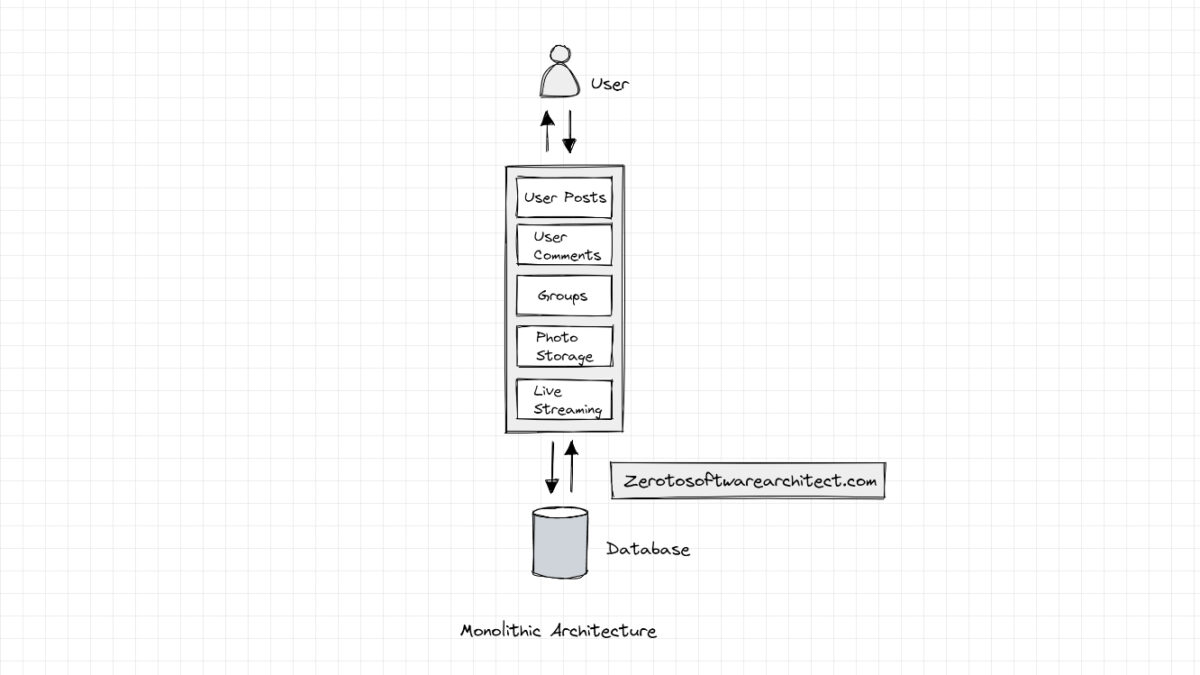Software architecture serves as the foundation for any software application, determining its structure, scalability, and maintainability. Two prominent approaches to software architecture are microarchitecture (also known as microservices architecture) and standard architecture (monolithic architecture).
In this article, we'll explore the intricacies of each approach and highlight their key differences.
Microarchitecture:
Microarchitecture, often referred to as microservices architecture, is a design approach that emphasizes breaking down an application into smaller, loosely coupled services. Each service handles a specific functionality and communicates with other services via well-defined APIs.
Microarchitecture Illustration
Advantages of Microarchitecture:
- Scalability: Microarchitecture allows services to scale independently, accommodating varying levels of demand for different parts of the application.
- Flexibility: Each service can use different technologies and programming languages, enabling the use of the best tool for each task.
- Modularity: Services can be developed, tested, and deployed independently, facilitating continuous delivery and updates.
Challenges of Microarchitecture:
- Complexity: Managing multiple services can lead to increased complexity, requiring robust monitoring and management tools.
- Network Communication: Services communicate over a network, which may introduce latency compared to in-process communication.
Standard Architecture (Monolithic):
Standard architecture, often referred to as monolithic architecture, involves building an application as a single, self-contained unit. All components of the application are tightly integrated and run within the same process.
Standard Architecture Illustration
Image: An illustration of monolithic architecture. Source: Monolithic Architecture Simplified - Scaleyourapp
Advantages of Standard Architecture:
- Simplicity: Monolithic applications are often simpler to develop, test, and deploy due to their cohesive nature.
- Single Deployment: Since the entire application is deployed together, managing deployment is relatively straightforward.
Challenges of Standard Architecture:
- Scalability: Scaling a monolithic application usually involves scaling the entire application, even if only a specific component requires more resources.
- Technology Lock-in: All components of the application must use the same technology stack, limiting flexibility.
Choosing the Right Approach
The choice between microarchitecture and standard architecture depends on the project's requirements and goals. Microarchitecture is suitable for complex projects that demand scalability, flexibility, and independent deployment. On the other hand, standard architecture is preferable for smaller projects with simplicity and easier deployment as priorities.
To conclude whether you opt for microarchitecture or standard architecture, understanding the differences between the two will help you make informed decisions about designing and building your software application. Consider the project's scale, complexity, and long-term goals to select the architecture that aligns best with your needs.
Image credits:
- An illustration of microservices architecture. Source: Microservices for Dummies. When and how to use microservices? | by Konstantin Vassilev | Sciant | Medium
- An illustration of monolithic architecture. Source: Monolithic Architecture Simplified - Scaleyourapp


